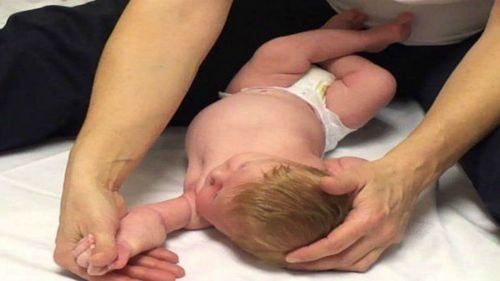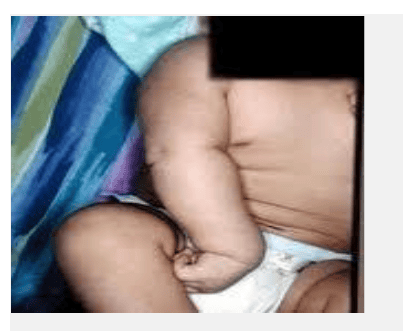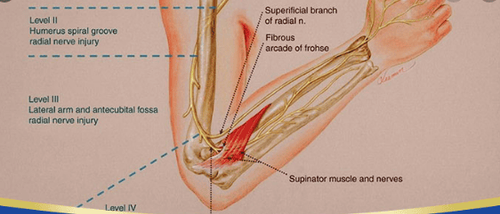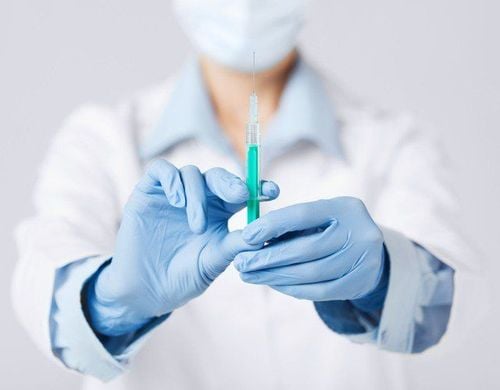This is an automatically translated article.
The brachial plexus is a network of nerve fibers belonging to the group of peripheral nerves that supply the skin and musculature of the upper extremities. It begins at the base of the neck, passes through the armpits, and runs through the entire upper limb.1. What is brachial plexus?
The brachial plexus is formed by the anterior (divided) roots of the cervical spinal nerves C5, C6, C7 and C8, and the T1 thoracic nerve.
2. Brachial plexus anatomy
The anatomy of the brachial plexus is divided into five parts: roots, trunk, branches, bundles, and branches. There is no functional difference between these divisions - they are simply used to support the interpretation of the brachial plexus.
2.1 Roots
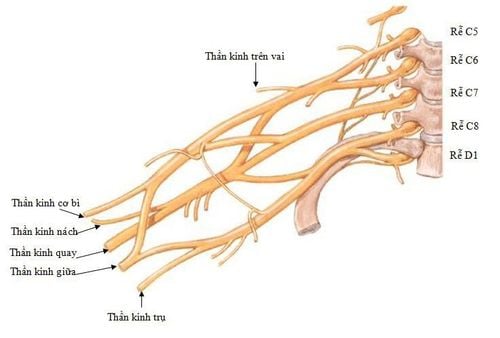
Hình ảnh các rễ trước của các dây thần kinh cột sống
The anterior roots of the spinal nerves include the brachial plexus. These are the anterior roots of the C5, C6, C7, C8, and T1 spinal nerves.
At each vertebral level, spinal nerves arise. Leaves the spinal cord through the intervertebral intervertebral bodies of the spine.
Each spinal nerve then divides into an anterior and posterior ramus. The roots of the brachial plexus are formed by the anterior roots of the spinal nerves C5-T1 (the cutaneous and muscular posterior divisions of the internal dorsal muscles).
Once formed, these nerves pass between the anterior and medial striated muscles to enter the muscles of the neck.
2.2 Trunk At the base of the neck, the roots of the brachial plexus converge to form three trunks. These structures are named according to their relative anatomical position:
Upper trunk: Combination of C5 and C6 roots. Middle Body: Continuation of C7. Lower stem: Combination of C8 and T1 roots. The trunks move sideways, crossing the posterior triangle of the neck.
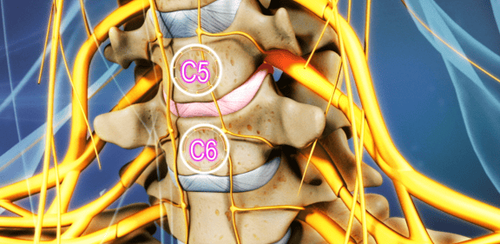
Hình ảnh kết hợp của rễ C5 và C6.
2.3 Branch Each stem divides into two branches in the posterior triangle of the neck. One moves forward (towards the front of the body) and the other moves later (towards the back of the body). So they are called the front and back branches.
We now have three anterior and three posterior nerve fibers. These parts leave the posterior triangle and enter the armpit. They coalesce into bundles of the brachial plexus.
2.4 Bundles When the anterior and posterior branches have entered the axilla, they join together to form three bundles, named for their position relative to the axillary artery.
Lateral bundles are formed by:
Anterior branch of upper trunk Anterior branch of midbody Posterior bundles are formed by:
Posterior branch of upper trunk Posterior branch of midbody Posterior branch of lower trunk Medial bundles are formed formed by: Anterior division of the lower body. The conductive bundles give rise to the main branches of the brachial plexus.
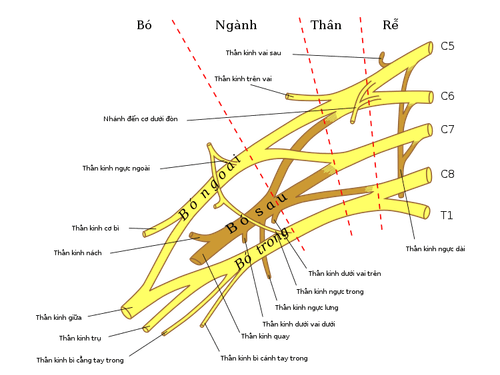
Các ngành trước và sau đã đi vào nách và kết hợp tạo thành ba bó gồm bó ngoài ,bó trong và bó sau
2.5 Large branches In the axilla and proximal edge of the upper limb, three bundles lead to five major branches. These nerves continue into the upper limb to provide innervation to existing muscles and skin. In this section, we will focus on the five nerves.
2.5.1 Nerves of the dermis Roots: C5, C6, C7.
Motor function: distribution of the anterior muscles of the arm, between the shoulder and the elbow.
Sensory function: gives the lateral branch of the forearm, located on the lateral half of the forearm and a small part of the posterior forearm.
2.5.2 Axillary Nerve Roots: C5 and C6.
Motor function: Distribution of small and deltoid muscles. Sensory function: Supply to the upper subcutaneous nerve of the arm, where the area under the palm is located. 2.5.3 Medial Nerve Root: C6 - T1 (Also contains fibers from C5).
Motor function: distributes most of the flexors in the forearm, lateral and bilateral lumbar muscles in relation to the index and middle fingers.
Sensory function: Provides skin feel of palm area, side of hand and upper half of hand.
2.5.4 Radial Nerve Root: C5 - T1.
Motor function: Distributes the triceps and posterior compartment muscles of the forearm (mainly extensors of the wrist and fingers).
Sensory function: Feel the back edge of the arm and forearm, and the back edge of the hand.
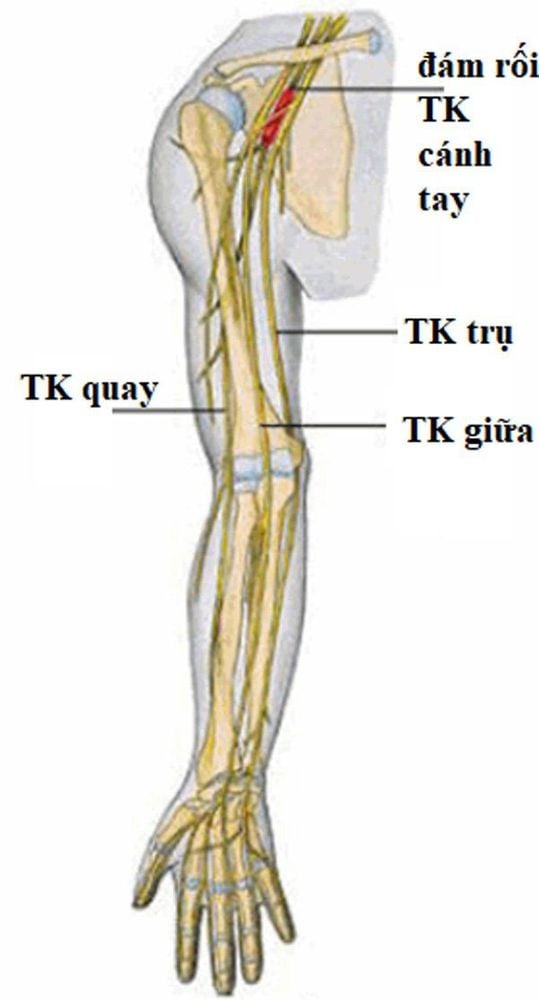
Hình ảnh một số dây thần kinh nhỏ hơn phát sinh
2.5.5 Cranial Nerve Roots: C8 and T1.
Motor function: Distribution of the muscles of the hand (in addition to the lateral and bilateral muscles of the lumbar),
Sensory function: feeling the anterior and posterior surfaces of the middle finger and half of the finger, and the area related palm area.
In addition to the five major branches of the brachial plexus, several smaller nerves arise. Includes:
Dorsal nerve Long thoracic nerve Epigastric nerve Lateral nerve Medial nerve of arm Medial nerve of forearm Subdural nerve Subdural nerve All questions If you need to be answered by a specialist doctor as well as if you have a need for examination and treatment at Vinmec International General Hospital, you can contact Vinmec Health System nationwide or register online HERE .




